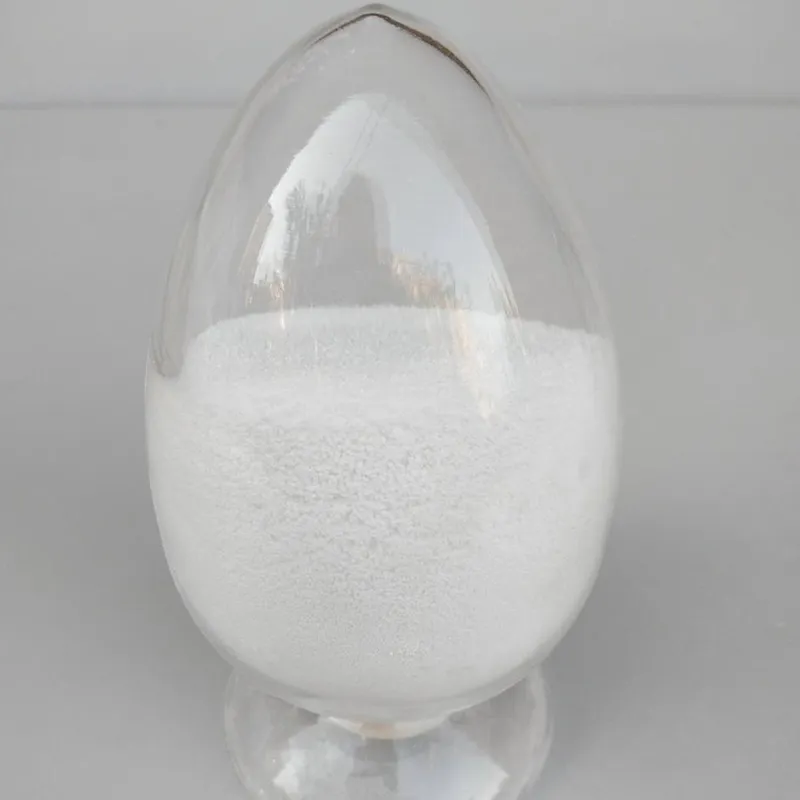
e304 food additive
Understanding E304 Food Additive A Comprehensive Guide
Food additives play an essential role in the modern food industry, helping to preserve, enhance, and improve the quality of food products. Among these additives is E304, a commonly used food additive known for its antioxidant properties. In this article, we will explore the characteristics, applications, safety, and controversies surrounding E304.
What is E304?
E304 refers to a group of fat-soluble antioxidants derived primarily from ascorbic acid, also known as Vitamin C. It is specifically composed of the esterified form of ascorbic acid and is often referred to as ascorbyl palmitate. This additive is classified under the E-number system, which is a way of labeling food additives in the European Union. The number “304” indicates that it is a form of vitamin C with a fatty acid component, making it effective in both water and oil-based food systems.
Applications of E304
E304 is widely used in a variety of food products due to its antioxidant properties, which help prolong shelf life and maintain flavor and color. It can be found in processed foods like margarine, baked goods, salad dressings, and sauces. E304 is particularly valued in products that include fats and oils, as it helps to prevent rancidity and oxidative spoilage.
Moreover, E304 is utilized in the cosmetic and pharmaceutical industries for similar reasons. It is often added to cosmetic formulations to stabilize the oil phase and prevent oxidation, thus prolonging the effectiveness and shelf life of creams and lotions.
Benefits of E304
The primary benefit of E304 is its antioxidant function. Antioxidants are compounds that help to neutralize free radicals in the body, potentially reducing the risk of chronic diseases. Although E304 is mainly used in food preservation, its health benefits, particularly in supporting immune function and skin health, cannot be overlooked. Moreover, since it is derived from Vitamin C, consumers may appreciate its source and potential benefits.
e304 food additive

Another significant advantage is its versatility. E304 can be used in various applications, making it a valuable ingredient in both food and non-food products. Its ability to function at different pH levels and temperatures further enhances its usability in product formulations.
Safety and Regulatory Status
E304 is considered safe for consumption and is authorized by several health and safety organizations worldwide, including the European Food Safety Authority (EFSA) and the U.S. Food and Drug Administration (FDA). Studies have shown that E304 poses no significant health risks when consumed within the established dietary limits. However, as with any food additive, excessive intake can lead to adverse effects.
It is crucial for consumers to read food labels to understand the presence of various additives, including E304. People with specific dietary concerns, such as those avoiding synthetic additives or allergens, should be cautious and seek alternatives when necessary.
Controversies and Future Perspectives
Despite its numerous benefits, E304, like many other food additives, faces scrutiny from some consumers and health advocates. There is a growing demand for clean label products, leading to a preference for naturally derived ingredients. As consumers become more informed about food additives, manufacturers may need to adapt by offering alternatives or transparently communicating the functions and safety of additives like E304.
Furthermore, advancements in food technology may yield new, innovative natural preservatives that could surpass the functionalities of E304. As research continues, we may see developments that either reinforce confidence in existing additives or provide new standards for food preservation.
Conclusion
E304 is an important food additive with significant applications in preserving food quality and safety. While it is deemed safe and effective, ongoing consumer education and changing market preferences may shape its future use. As we continue to navigate the complex world of food additives, understanding ingredients like E304 helps consumers make informed choices about their food and health.
-
Pure Sodium Dichloroisocyanurate Dihydrate | Powerful DisinfectantNewsAug.29,2025
-
Industrial Chemicals: Quality & Purity for Every IndustryNewsAug.28,2025
-
Nitrile Rubber Honoring Strict Production StandardsNewsAug.22,2025
-
Aspartame Ingredients Honoring Food Safety ValuesNewsAug.22,2025
-
Fertilizer for Balanced Plant NutritionNewsAug.22,2025
-
Cyanide Gold Processing with High Purity AdditivesNewsAug.22,2025
-
Formic Acid in Textile Dyeing ApplicationsNewsAug.22,2025
Hebei Tenger Chemical Technology Co., Ltd. focuses on the chemical industry and is committed to the export service of chemical raw materials.
-

view more DiethanolisopropanolamineIn the ever-growing field of chemical solutions, diethanolisopropanolamine (DEIPA) stands out as a versatile and important compound. Due to its unique chemical structure and properties, DEIPA is of interest to various industries including construction, personal care, and agriculture. -

view more TriisopropanolamineTriisopropanolamine (TIPA) alkanol amine substance, is a kind of alcohol amine compound with amino and alcohol hydroxyl, and because of its molecules contains both amino and hydroxyl. -

view more Tetramethyl Thiuram DisulfideTetramethyl thiuram disulfide, also known as TMTD, is a white to light-yellow powder with a distinct sulfur-like odor. It is soluble in organic solvents such as benzene, acetone, and ethyl acetate, making it highly versatile for use in different formulations. TMTD is known for its excellent vulcanization acceleration properties, which makes it a key ingredient in the production of rubber products. Additionally, it acts as an effective fungicide and bactericide, making it valuable in agricultural applications. Its high purity and stability ensure consistent performance, making it a preferred choice for manufacturers across various industries.





